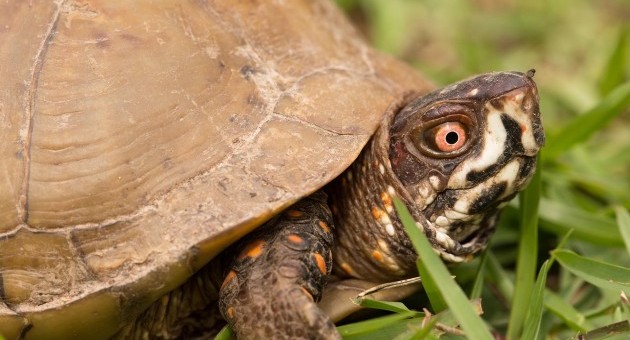Dr. Edward Taub and colleagues at the University of Alabama have developed a treatment for stroke that helps victims regain the use of their arms even years after the disease strikes. The study opens the door to better understanding of brain elasticity and ability to repair stroke damage.
The study was published in the journal Stroke.
Taub noted that the therapeutic procedure may actually rewire the brain. In order to qualify for the procedure, stroke victims were required to have residual use of the affected arm. The treatment involved tying down the good arm and pushing the affected arm to perform simple chores in intensive physical therapy.
After the treatment appeared effective in more than 150 patients, Taub mapped the brain function of 13 additional patients to prove the success to stroke experts. The tests showed that the area of the brain that controls hand movement was smaller on the damaged side before rehabilitation and almost doubled after treatment.
The long road
Taub's research began with monkeys at a laboratory in Silver Springs, Maryland. To test his contention that useless limbs could be rehabilitated, the monkeys had the nerves in one arm surgically deadened and then were given physical therapy. Just as with the human patients years later, the good arm was held immobile while the monkeys used their damaged arms in the therapy regimen. Taub's laboratory was targeted by People for the Ethical Treatment of Animals in a sting operation that provided a blueprint for PeTA's illicit undercover operations that continue today. The plot against Taub brought millions into PeTA's coffers and proved the publicity value of unfounded accusations forcefully repeated over and over.
In 1981, Alex Pacheco of PeTA volunteered to help in Taub's laboratory. Pacheco worked at night, photographing dirty monkey cages he said were typical of the lab conditions and taking pictures of the monkeys placed in the restraining device used in the research. He also went through files, brought animal rights activists into the lab to support his claims, and stole slides and other research materials. He then contacted local authorities to file complaints of animal cruelty. The media was alerted to a raid on the lab and the evening news carried pictures of animals and materials being removed from the facility.
More than 100 charges of cruelty were filed. Most were dropped before the trial, but Taub was convicted of six charges of failure to provide veterinary care for some monkeys. Even though the animals were not suffering and Taub was exonerated on appeal, it took eight years of his life to get his reputation back and resume his research. This time, however, he could not continue the work with monkeys because PeTA dogged his tracks, ready to rake him over the coals nationally if he found a university or private laboratory willing to give him space.
 |
Like this article? Don’t forget to share, like or follow us |
 |
NAIA WEEKLY ROUNDUP
FEATURED & LATEST ARTICLES
GET THE NAIA WEEKLY ROUNDUP VIA EMAIL FOR FREE
Stay Connected with The NAIA: Sign Up for The Weekly Roundup
Join our FREE newsletter and community of animal advocates and receive The NAIA Weekly Roundup straight to your inbox. Stay in the loop with the latest news, events, and ways you can make a difference in the lives of animals. Sign up now to stay informed to create positive change!
Sign Up




 A Question of Neglect, A Legendary Primatologist Passes Away, and More!
A Question of Neglect, A Legendary Primatologist Passes Away, and More!
 Shelter Spay Pushback, A Contentious Ostrich Cull, and More!
Shelter Spay Pushback, A Contentious Ostrich Cull, and More!
 Bad Dog Stories, Goodbye Cephalopod, and More!
Bad Dog Stories, Goodbye Cephalopod, and More!
 A Conference Call for You, A Fallen Elephant, and More!
A Conference Call for You, A Fallen Elephant, and More!


